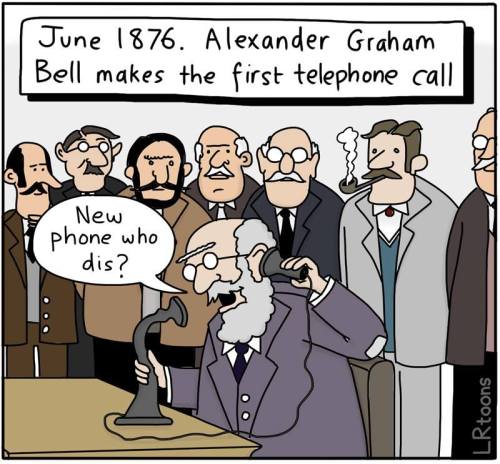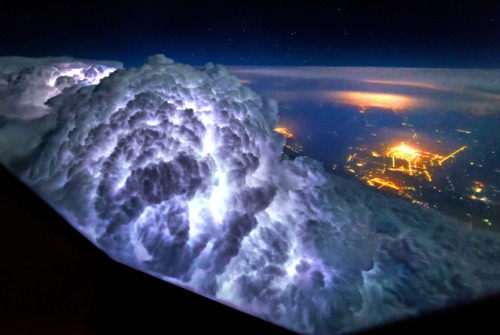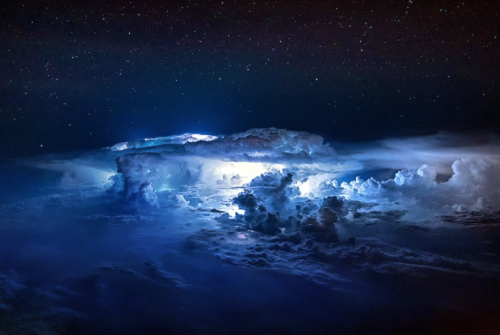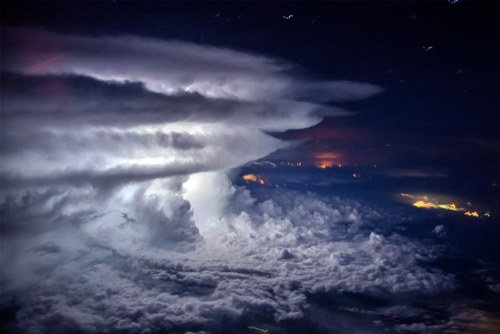2016: This Year At NASA!
2016: This Year at NASA!
As 2016 comes to a close and prospects of the new year loom before us, we take a moment to look back at what we’ve accomplished and how it will set us ahead in the year to come.

2016 marked record-breaking progress in our exploration activities. We advanced the capabilities needed to travel farther into the solar system while increasing observations of our home and the universe, learning more about how to continuously live and work in space and, or course, inspiring the next generation of leaders to take up our journey to Mars and make their own discoveries.
Here are a few of the top NASA stories of 2016…
International Space Station
One Year Mission…completed!

NASA astronaut Scott Kelly and Russian cosmonaut Mikhail Kornienko returned to Earth after spending a year in space. Testing the limits of human research, findings from their One Year Mission will help send humans farther into space than ever before.
Commercial Resupply

Commercial partners Orbital ATK and SpaceX delivered tons (yes literally tons) of cargo to the International Space Station. This cargo supported hundreds of science experiments and technology demonstrations crucial to our journey to Mars.
Mars
Expandable Habitats

The Bigelow Expandable Activity Module (BEAM) was one of the technology demonstrations delivered to the space station in April. Expandable habitats greatly decrease the amount of transport volume for future space missions.
Booster Test Firing

In June, a booster for our Space Launch System (SLS) rocket successfully fired up. It will be used on the first un-crewed test flight of SLS with the Orion spacecraft in 2018. Eventually, this rocket and capsule will carry humans into deep space and one day…Mars!
InSight

This year we updated the milestones for our InSight mission with a new target launch window beginning in May 2018. This mission will place a fixed science outpost on Mars to study its deep interior. Findings and research from this project will address one of the most fundamental questions we have about the planetary and solar system science…how in the world did these rocky planets form?
Solar System and Beyond
Juno

On July 4, our Juno spacecraft arrived at Jupiter. This mission is working to improve our understanding of the solar system’s beginnings by revealing the origin and evolution of Jupiter.
OSIRIS-REx

In September, we launched our OSIRIS-REx spacecraft…which is America’s first-ever asteroid sample return mission. This spacecraft will travel to a near-Earth asteroid, called Bennu, where it will collect a sample to bring back to Earth for study.
James Webb Space Telescope

In February, the final primary mirror segment of our James Webb Space Telescope was installed. This will be the world’s most powerful space telescope ever, and is scheduled to launch in 2018. Webb will look back in time, studying the very first galaxies ever formed.
Kepler

In May, our Kepler mission verified the discovery of 1,284 new planets. Kepler is the first NASA mission to find potentially habitably Earth-sized planets.
Earth Right Now
Earth Expeditions

Our efforts to improve life on Earth included an announcement in March of a collection of Earth Science field campaigns to study how our planet is changing. These Earth Expeditions sent scientists to places like the edge of the Greenland ice sheet to the coral reefs of the South Pacific to delve into challenging questions about how our planet is changing…and what impacts humans are having on it.
Small Satellites

In November, we announced plans to launch six next-generation Earth-observing small satellite missions. One uses GPS signals to measure wind in hurricanes and tropical systems in greater detail than ever before.
Aeronautics Research
Our efforts in 2016 to make air travel cleaner, safer and quieter included new technology to improve safety and efficiency of aircraft arrivals, departures and service operations.
X-Plane

In June, we highlighted our first designation of an experimental airplane, or X-plane, in a decade. It will test new electric propulsion technology.
Drone Technolgy

In October, we evaluated a system being developed for the Federal Aviation Administration to safely manage drone air traffic.
Technology
Electric Propulsion

We selected Aerojet Rocketdyne to develop and advanced electric propulsion system to enable deep space travel to an asteroid and Mars.
Spinoffs

Our technology transfer program continued to share the agency’s technology with industry, academia and other government agencies at an unprecedented rate.
Centennial Challenges

Our Centennial Challenges program conducted four competition events in 2016 to spark innovation and enable solutions in important technology focus areas.
Watch the full video recap of ‘This Year @NASA’ here:
Make sure to follow us on Tumblr for your regular dose of space: http://nasa.tumblr.com
More Posts from Tomisfly and Others

sea urchin

Historic moments in science #273
Follow me at Facebook.com/LRtoons






three separate off duty commercial aviators photographed cumulonimbus clouds illuminated by flashes of lightning from their planes.
otherwise known as thunderclouds, cumulonimbus are the only cloud type that can produce hail, thunder and lighting. the base of the cloud is often flat with a very dark wall like feature hanging underneath, and may only lie a few hundred feet above the earth’s surface.
cumulonimbus clouds are created through convection, often growing from small cumulus clouds over a hot surface.they get increasingly big until they represent huge powerhouses, storing the same amount of energy as ten hiroshima sized atom bombs.
although the storm looks formidable, today’s airliners have advanced equipment to circle around storms this big without entering any dangerous zones.
(photos x, x)


⎍⎍⎍⎍⎍⎍⎍⎍ @vengodelvalle ⎓ empty.geometric.space ⎓

I ordered a thing.

When someone try to take your picture

(via GIPHY)
![Meowgebra! [http://bit.ly/2kHFO64]](https://64.media.tumblr.com/471b3b299cc9ebea34ca311e3bc6ee8c/tumblr_ol2bd9oJiV1s04h2ho1_500.jpg)
Meowgebra! [http://bit.ly/2kHFO64]

SQL Clause is coming to town
-
 michaelcosio reblogged this · 3 months ago
michaelcosio reblogged this · 3 months ago -
 sharon-mature675269-blog liked this · 3 years ago
sharon-mature675269-blog liked this · 3 years ago -
 magicianjourney liked this · 5 years ago
magicianjourney liked this · 5 years ago -
 hitachiin-fan reblogged this · 7 years ago
hitachiin-fan reblogged this · 7 years ago -
 hitachiin-fan liked this · 7 years ago
hitachiin-fan liked this · 7 years ago -
 nix-hiver reblogged this · 7 years ago
nix-hiver reblogged this · 7 years ago -
 nix-hiver liked this · 7 years ago
nix-hiver liked this · 7 years ago -
 antblock reblogged this · 7 years ago
antblock reblogged this · 7 years ago -
 roguesaintjack reblogged this · 7 years ago
roguesaintjack reblogged this · 7 years ago -
 maryamsasha liked this · 7 years ago
maryamsasha liked this · 7 years ago -
 raygunz-starstuff liked this · 7 years ago
raygunz-starstuff liked this · 7 years ago -
 osanqiplumk-blog liked this · 7 years ago
osanqiplumk-blog liked this · 7 years ago -
 tomisfly reblogged this · 8 years ago
tomisfly reblogged this · 8 years ago -
 twobeforejune liked this · 8 years ago
twobeforejune liked this · 8 years ago -
 winnieny liked this · 8 years ago
winnieny liked this · 8 years ago
112 posts